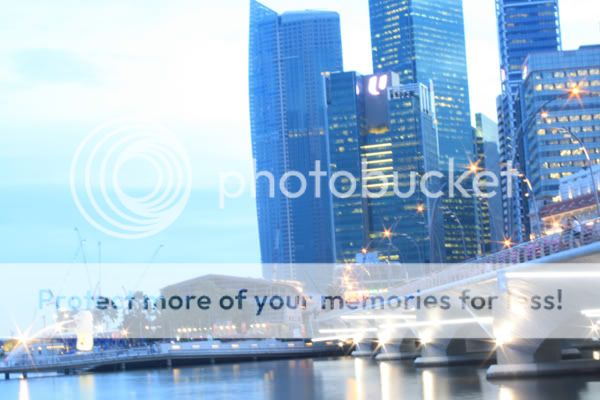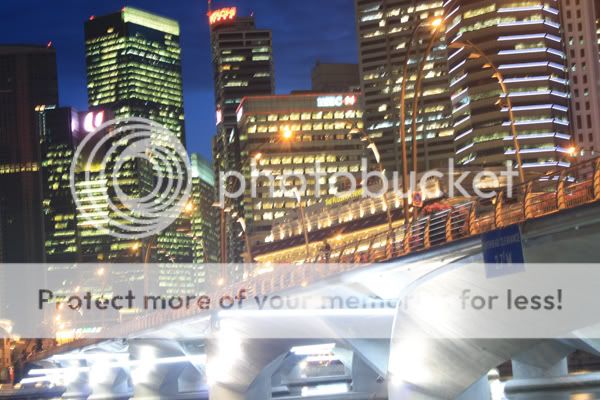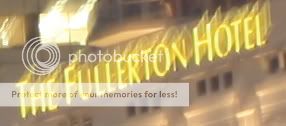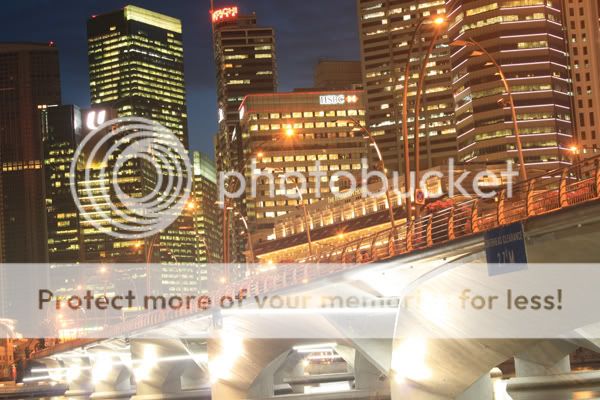Hello everyone!
I'm a newbie who have just started out with my first DSLR, Canon EOS 1000D.
Been trying out photography with a friend this past few days and the results were quite bad!
I hope seniors out there can give me some pointers on what settings I should use when taking such pictures.
All images below are not edited, just resized.
#1 This was taken at about 6:50pm and was taken with a tripod.

Manual Mode
F-Stop: F/36
Exposure Time: 30 Secs
ISO-Speed: ISO 100
Focal Length: 47mm
Metering Mode: Pattern
White Balance: Auto
The picture looks boring and dull, is there a way to improve the lighting of the overall picture?
#2 This picture was taken at about 7:30pm with a tripod.

Manual Mode
F-Stop: F/8
Exposure Time: 8 Secs
ISO-Speed: ISO 100
Focal Length: 47mm
Metering Mode: Partial
White Balance: Auto
The picture taken is still blur even though a tripod was used and self-timer was used to execute the shutter.
The Fullerton word is blurred and there's this double vision thingy.

Anyone help? :cry:
Thank you all in advance!
I'm a newbie who have just started out with my first DSLR, Canon EOS 1000D.
Been trying out photography with a friend this past few days and the results were quite bad!
I hope seniors out there can give me some pointers on what settings I should use when taking such pictures.
All images below are not edited, just resized.
#1 This was taken at about 6:50pm and was taken with a tripod.

Manual Mode
F-Stop: F/36
Exposure Time: 30 Secs
ISO-Speed: ISO 100
Focal Length: 47mm
Metering Mode: Pattern
White Balance: Auto
The picture looks boring and dull, is there a way to improve the lighting of the overall picture?
#2 This picture was taken at about 7:30pm with a tripod.

Manual Mode
F-Stop: F/8
Exposure Time: 8 Secs
ISO-Speed: ISO 100
Focal Length: 47mm
Metering Mode: Partial
White Balance: Auto
The picture taken is still blur even though a tripod was used and self-timer was used to execute the shutter.
The Fullerton word is blurred and there's this double vision thingy.

Anyone help? :cry:
Thank you all in advance!
Last edited:



